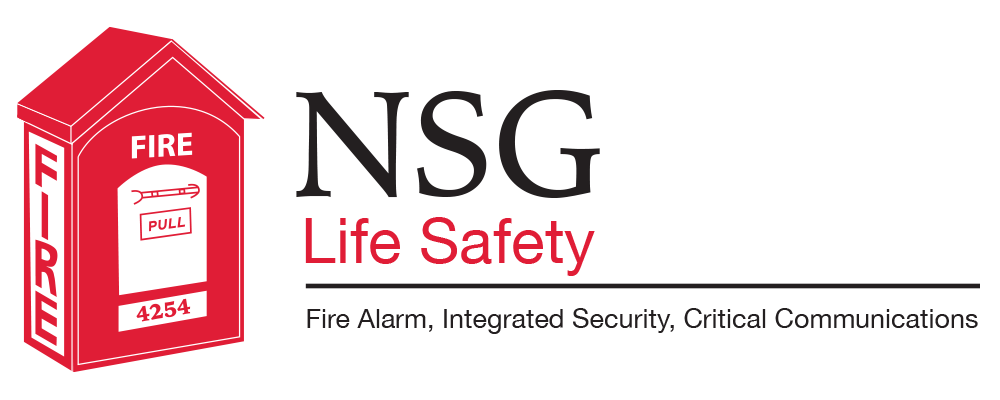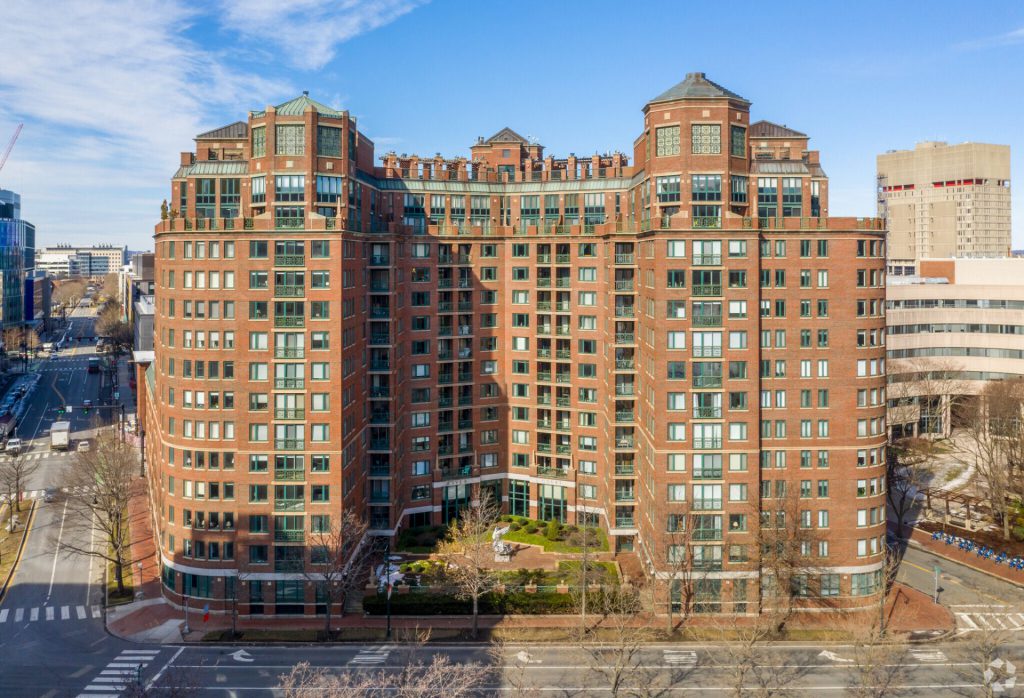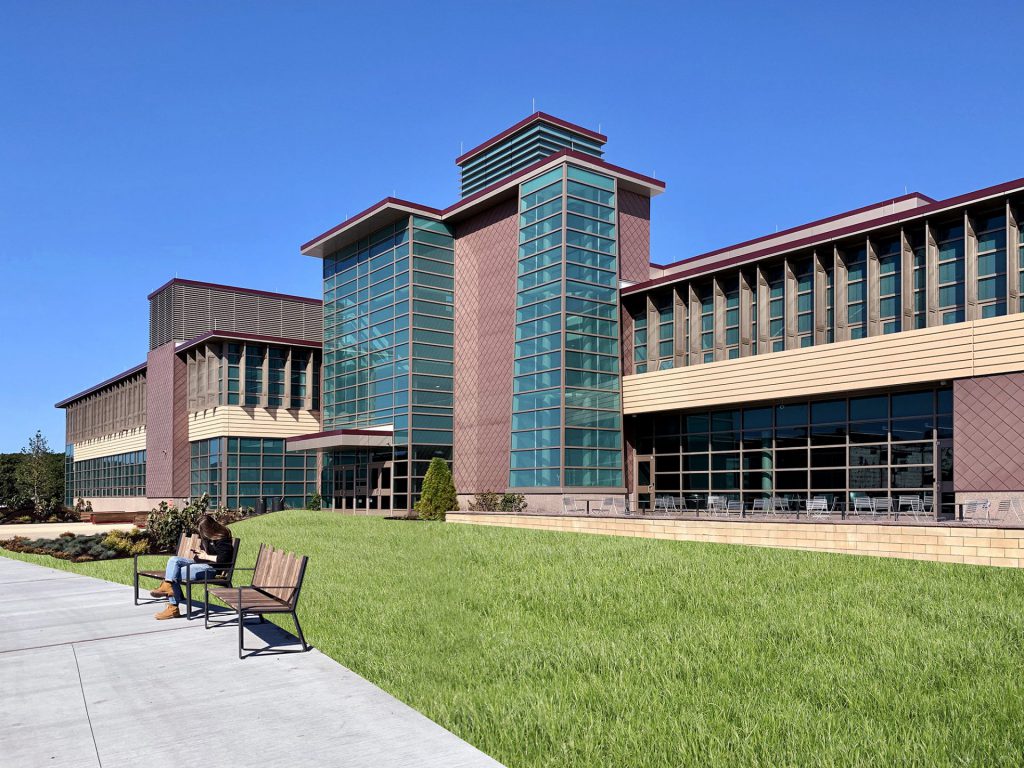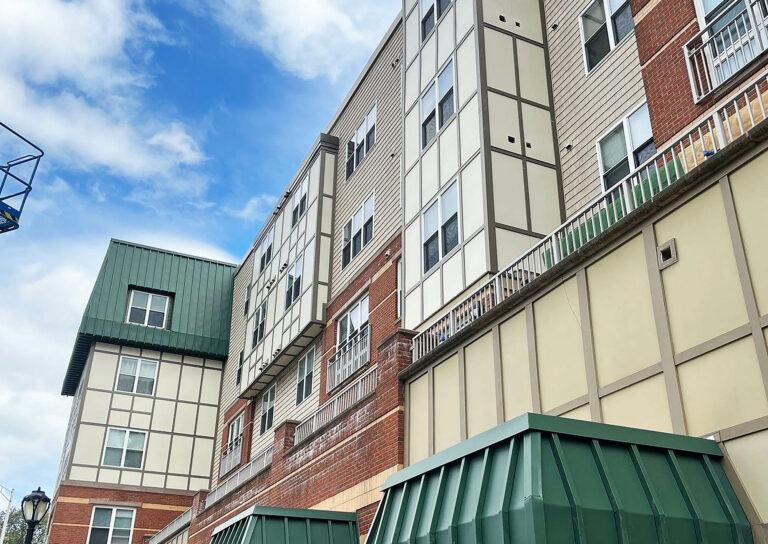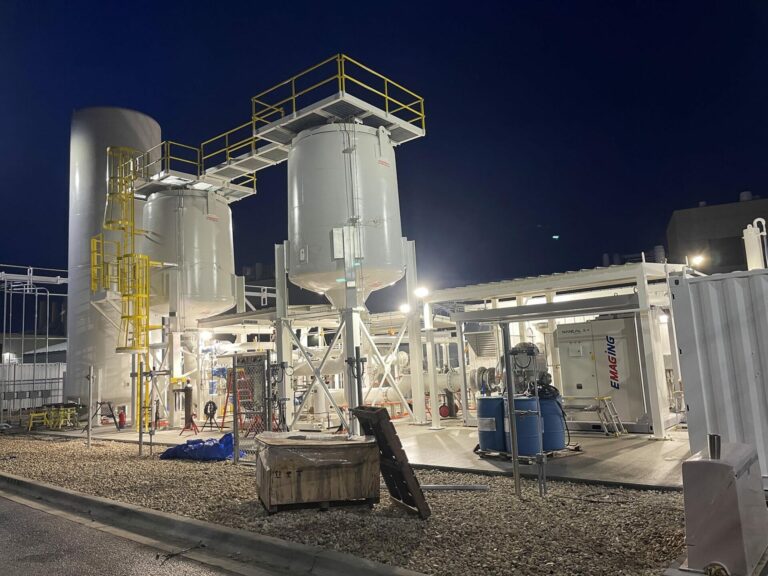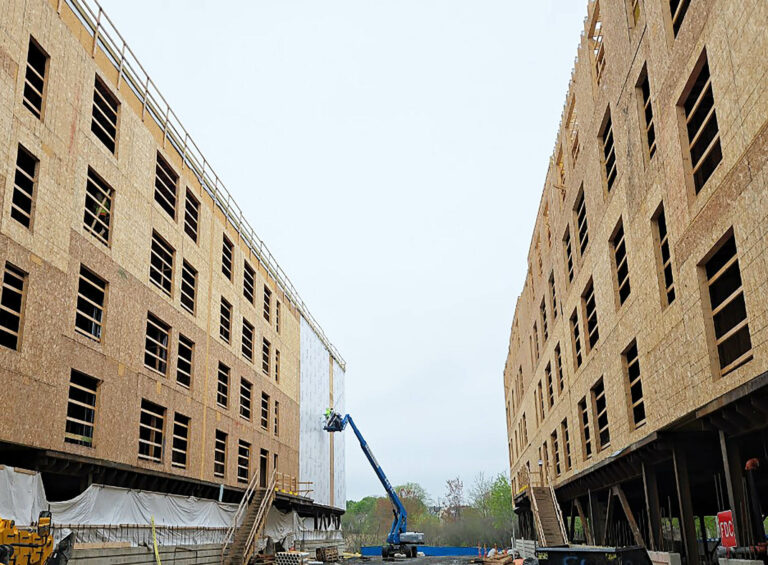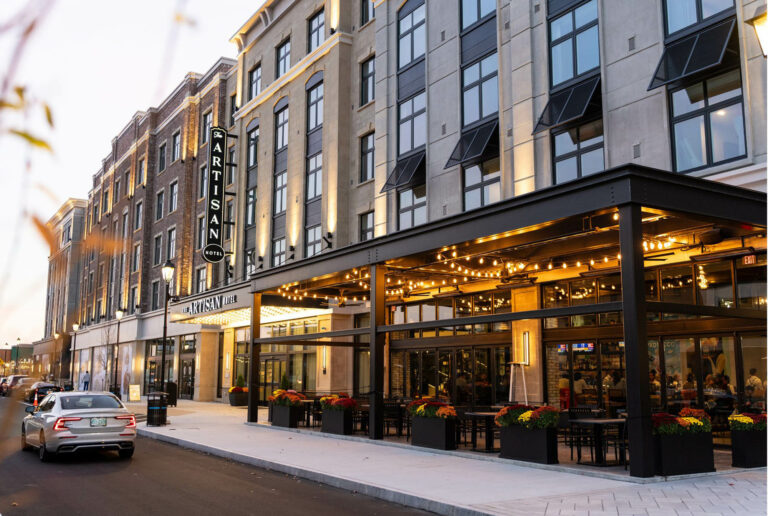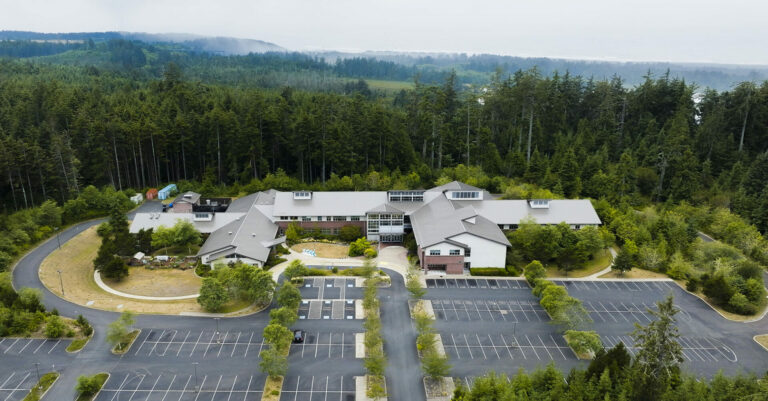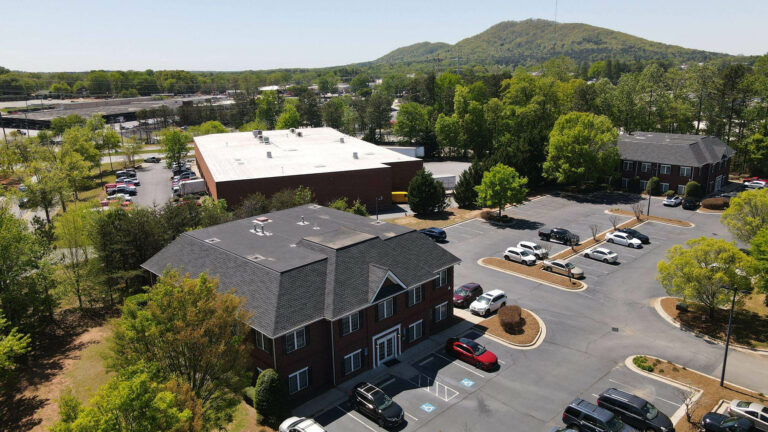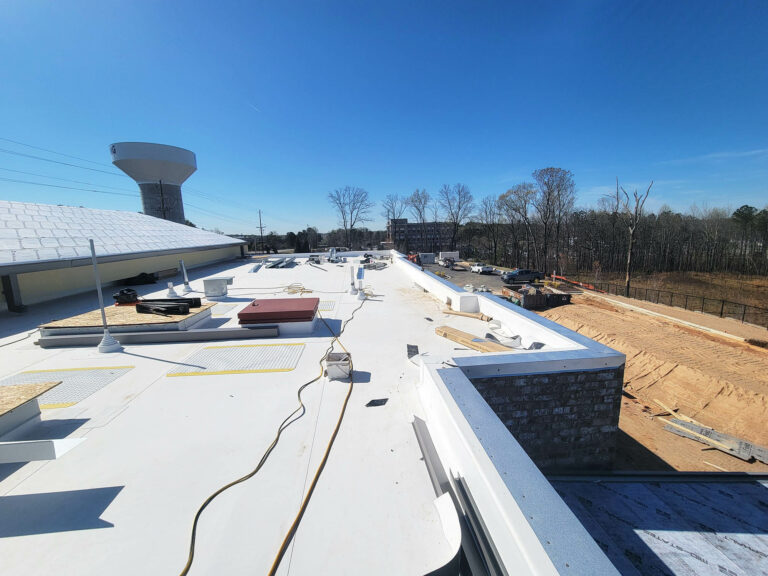“We don’t take shortcuts,” says Daniel J. Chauvin because, as he explains, “there are no shortcuts with life safety”. As President of NSG Life Safety, he is part of a leadership quartet who have collectively accrued over 100 years of industry experience between them. The veteran-owned business draws on its proprietors’ hands-on experience in electronics and aircraft safety in the US Navy, as well as distinguished civil careers in engineering, security and safety systems. Chauvin, Thomas Norton, George Aguiar and Michael A. Doucette joined forces and founded the company in 2018, pooling their extensive expertise, contacts, and institutional knowledge, all gained through involvement in many and varied projects in the federal, municipal and private spheres. No shortcuts.
“We have the expertise and we understand how to put these jobs together, and we’re code driven people and we get it,” he says about meeting the challenges posed by large-scale, diverse use structures. “We’ve been in so many different types of buildings, we understand it. So, we perform like a larger, national organization, but we’re more of a hometown, if you will, integrator.”
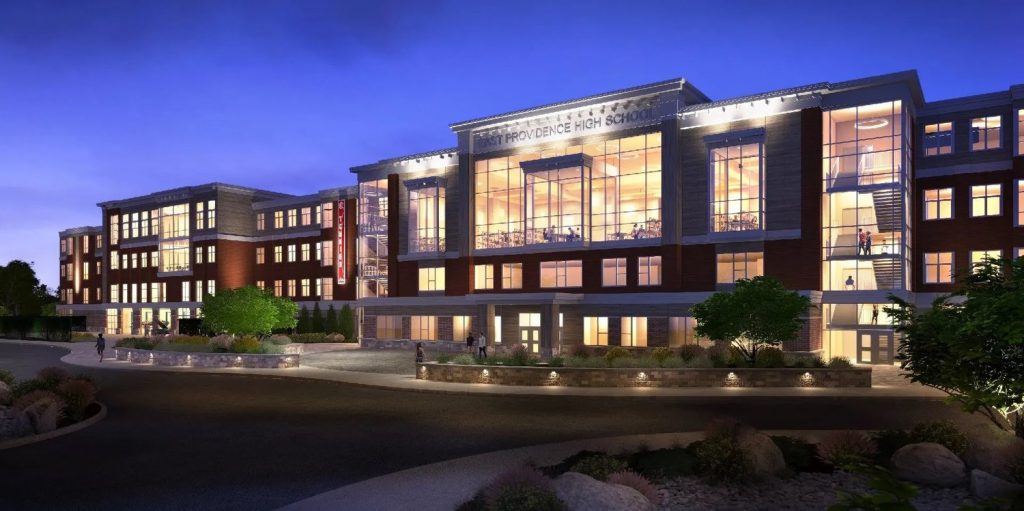
With offices in Providence, Rhode Island, Canton, Massachusetts, and Nashua, New Hampshire, NSG primarily serves the New England region. The team offers consultation, design, implementation and integration for fire alarm, security systems and critical communications in education, healthcare and commercial settings. Although it has national agreements with its major suppliers, the company is not anxious to overextend its geographic reach, as Chauvin explains: “We’re trying to grow our business intelligently. We have the projects. We recently completed the US Army Corps of Engineers in Illinois, which was a very successful project, but it’s just that distance creates inefficiencies.” He is keen to point out that, with less than fifteen people involved, the team is relatively lean but “big enough to get any size job done” without inflated General and Administrative costs. Financial and time savings are passed on to clients, as NSG also takes on the management of project materials and delivery, storing all incoming components in its own Canton warehouse until orders are complete and ready to ship to site. “This strategy improves project efficiency and reduces the burden of material management for our clients.”
Interacting with all the major stakeholders over the timeline of a construction project, the team is accustomed to navigating the different priorities of various parties: from Owners to Architects, Electrical Engineers to Electrical Contractors, property managers and so on. Integrity is essential throughout this process and Chauvin is emphatic that this value extends to all aspects of the business. Cutting corners is not an option when lives or property could be at risk. Occupancy use group codes also dictate requirements and minimum standards, and familiarity with these codes has seen the team develop a portfolio composed of around 75% public spaces. Within these, there are further nuances between the code requirements of federal, local and municipal projects. Chauvin describes the federal GSA (General Services Administration) building criteria as very refined and clearly articulated, while those of local government tend to be less specific. Meanwhile, on the municipal level, regulations may vary hugely. In some cases, Chauvin says, the criteria can be on a par with those of the federal government.
“The team is accustomed to navigating the different priorities of various parties: from Owners to Architects, Electrical Engineers to Electrical Contractors, property managers and so on.”
The Somerville High School in Middlesex County, Massachusetts, is a recent portfolio highlight, undertaken in collaboration with Wayne J. Griffin Electric and Suffolk Construction. This was a great opportunity and challenge, being an unusually big structure for a school. Standing at some 396,000 square feet, the building is classified as a high rise, the first such school that Chauvin has encountered in his 37-year career. That classification came with a lot of code implications, such as dictating how the fire alarm should operate, which had to be reconciled with the building’s primary use as an educational space. This entailed considerable coordination with the relevant authorities to ensure that the planned systems would be code compliant and that all parties understood what was being installed and how it would work.
So how do these systems work? In the aftermath of a series of high profile tragedies in America, security at schools has become a major concern. One key point for this use group is mass notification In the event of a hostile situation, to alert occupants to the threat and create compartments, to contain it. NSG has already become a market leader in this area and Chauvin describes in detail what is typically involved:
“We’re at the end of a major project in Fall River: Durfee High School, which is about 502,000 square foot facility. Our system is responsible for collecting data from various disparate systems, whether it be intrusion detection, access control, duress or medical systems, and broadcasting that information not only internally, but externally. We notify the authorities having jurisdiction: police, fire. We send out text notifications, emails to the stakeholders, such as the superintendent, School Resource Officer, medical staff and so on and so on, to ensure that everybody understands the situation in real time. This is mass notification.”
Protocols are essential too, as there should be an emergency response plan that establishes a sequence to then eliminate the threat. The NSG team works with end users from the outset, as well as architects and engineers to assess risks and develop strategies for such plans, in tandem with the physical electronic systems. Chauvin observes that American society in general seems to have become more aware of safety and security issues in recent years, which he attributes to contemporary incidents being relayed through social media in real time. A positive result of this instant communication is more enthusiastic engagement with the development of risk mitigation measures.
Although the hope is always that none of these measures will ever be needed, rigorous testing of these NSG solutions is conducted during the implementation phase, post-construction and periodically afterwards, to ensure that their sequences run as designed and installed. The team prefers to offer the periodic testing on an aftermarket basis, but does not want to lock clients into long-term contracts from the outset unless the Owner desires NSG to do so. This is obviously connected to the company emphasis on integrity and openness as core values and calling cards, as Chauvin explains: “We try to provide an open architecture system or group of systems that communicate, so that the end user has choices. Ideally, we want that end user, the Owner, to want to use us. That means we haven’t made any mistakes and they like doing business with us.”
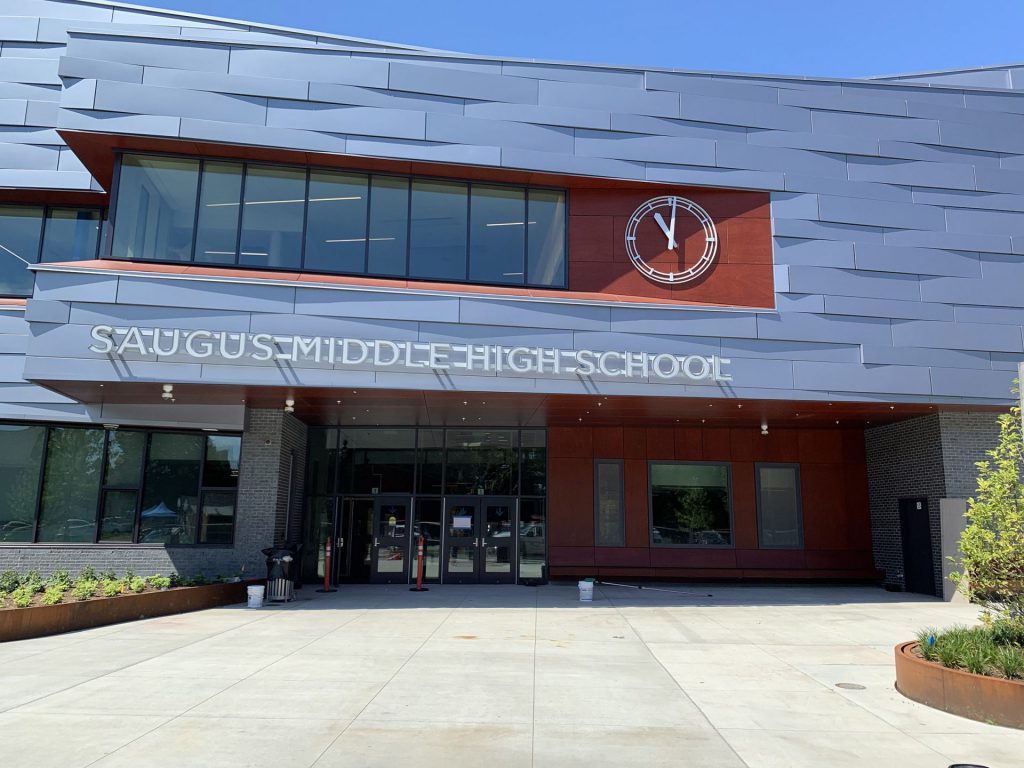
It seems that people like doing business with NSG Life Safety. The company has gone from strength to strength during its short life already, and has just secured the design and build contract for the Cleveland Rudman Courthouse in Concord, New Hampshire, which will mark another milestone for NSG. This type of award for such a significant federal building project demonstrates NSG Life Safety’s abilities. The team has also been recognized by fire alarm manufacturer Autocall Johnson Controls (JCI) as its top seller in North America for three consecutive years and actually tripled its business with JCI in 2020. Is there any chance of this going to anyone’s head? Not at all, as Chauvin reassures me: “You’ve got to have humility. I find that when you think you’re the best, there’s somebody out there to take you down, so we just try to stay humble and keep grinding.” Spoken like someone with a healthy balance between security in their ability and experience in security.










